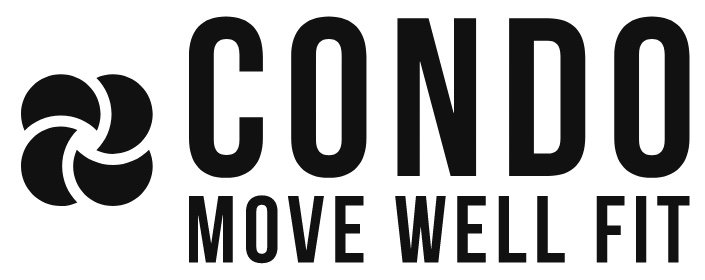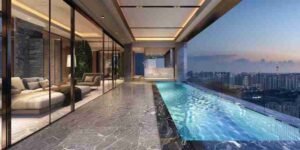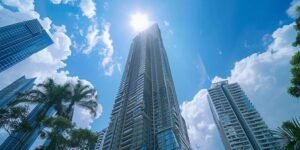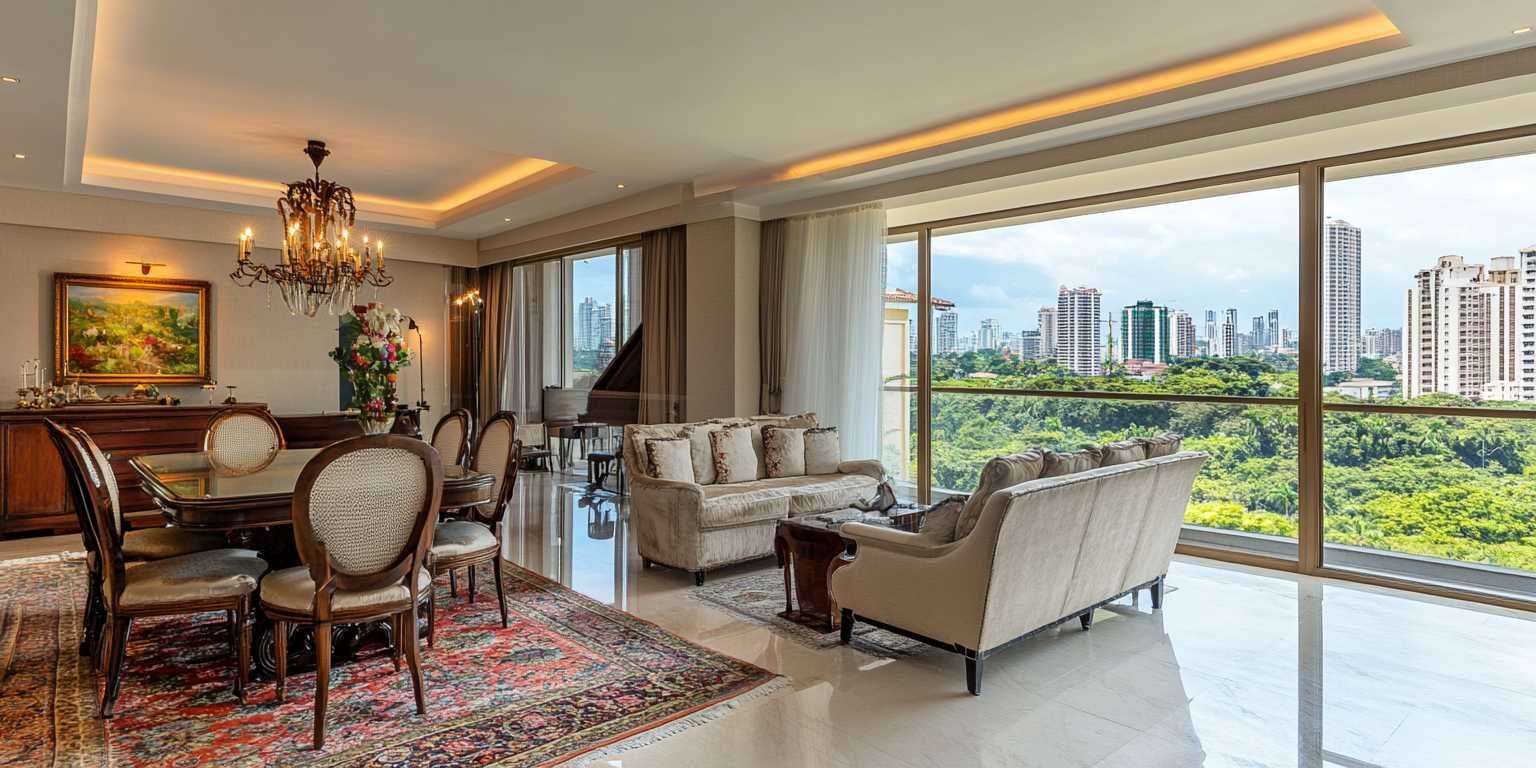Acquiring a condominium in Singapore presents numerous benefits, among which lies the potential for considerable capital appreciation. The country’s advantageous position as a thriving global business center, coupled with its robust economic foundation, ensures a consistent demand for real estate. Over time, the real estate market in Singapore has displayed a consistent pattern of growth, with luxurious condos in highly sought-after areas experiencing significant increases in value. By investing at an opportune time and retaining ownership of the property for an extended period, individuals can reap substantial capital gains. Moreover, the inclusion of luxury amenities within the condo only enhances its value and attractiveness to potential investors.
Apart from the design and materials used in construction, green building also focuses on the health and well-being of occupants. This is achieved through the use of non-toxic and environmentally friendly materials, such as low VOC paints and formaldehyde-free insulation. Indoor air quality is also improved by installing proper ventilation systems and using natural light to reduce the need for artificial lighting. Green building also promotes the use of natural and sustainable materials, such as bamboo flooring, which has a lower environmental impact than traditional hardwood.
In addition to the amenities within the home, green building also encourages the use of outdoor living spaces. These spaces not only add value to a property but also provide a connection to nature. Features such as a private swimming pool, outdoor kitchen, and fire pit can all be designed in an environmentally friendly way. For example, a natural pool with a living ecosystem instead of chemicals, or a fire pit fueled by sustainably sourced wood. These outdoor spaces can also incorporate sustainable landscaping, with native plants and drought-resistant grasses, reducing the need for water and maintenance.
The scarcity of land is one of the main factors contributing to the high demand for condos in Singapore. As a small island with a fast-growing population, Singapore struggles with a short supply of land for development. As a result, the government has implemented strict land use policies and created a highly competitive real estate market where property prices are continually rising. As a result, investing in real estate, particularly in condos, presents an attractive opportunity for capital gain. Nevertheless, it is crucial for developers and sellers to guarantee that their advertising and listings are original and authentic to avoid any allegations of plagiarism or duplication.
Additionally, it’s crucial to plan for potential changes in interest rates and devise a strategy to manage any potential increase in monthly repayments. It’s always advisable to thoroughly research and compare different mortgage options before making a decision, as this can potentially save an investor thousands of dollars in the long run. Therefore, it’s vital to carefully consider and plan for financing when investing in a condo in Singapore. To avoid any issues, investors must ensure that their financing plans comply with regulations and are sustainable in the long-term. Furthermore, it’s essential to be cautious of any fraudulent or unethical practices in the mortgage market and seek advice from reputable sources to ensure a secure and successful investment.
In conclusion, green building and luxury are not mutually exclusive concepts. Sustainable construction strategies, such as energy-efficient materials, renewable energy sources, and water conservation techniques, can be seamlessly integrated into high-end homes. Additionally, promoting health and well-being through the use of non-toxic materials and outdoor living spaces adds to the overall luxury of a green home. With the growing awareness and demand for sustainable living, it’s clear that green building with a touch of luxury is the way of the future.
It’s also worth mentioning that sustainable construction doesn’t have to be limited to new builds. Renovations and remodels can also incorporate green building principles, making existing homes more environmentally friendly without compromising on luxury. This can include replacing old appliances with energy-efficient models, upgrading insulation, and using sustainable materials in renovations. By making small changes, homeowners can significantly reduce their carbon footprint and create a more comfortable and stylish living space.
Another important aspect of green building is the use of renewable energy sources. Solar panels, geothermal systems, and wind turbines are just some examples of eco-friendly energy sources that can be incorporated into modern homes. Not only do these systems reduce the carbon footprint of a property, but they also provide a sense of self-sufficiency and independence from traditional energy sources. Imagine living in a luxurious home where all your energy needs are met by the sun, wind, or earth – it’s the perfect combination of comfort and sustainability.
Green building has become a hot topic in the construction industry, as people become increasingly aware of the negative impact that traditional building methods have on the environment. As a result, sustainable construction strategies have been on the rise, with the aim of reducing carbon emissions, conserving resources, and creating healthier living spaces. However, there is a misconception that green building is all about sacrificing luxury for the sake of the environment. In reality, it is possible to incorporate high-end amenities into sustainable construction, creating a perfect balance between luxury and environmental responsibility.
One of the main strategies used in green building is the use of energy-efficient materials and technologies. This includes materials such as insulated concrete forms, which provide excellent insulation and reduce the need for heating and cooling systems. In addition, smart home technologies, such as automated lighting and temperature control, can significantly reduce energy waste. These strategies not only have a positive impact on the environment, but they also save homeowners money in the long run, making it a win-win situation.
Water conservation is also a crucial factor in green building. In many parts of the world, water scarcity is a major issue, and it’s only expected to worsen with climate change. By incorporating water-saving features into a home, such as low-flow fixtures, rainwater harvesting systems, and greywater recycling, homeowners can significantly reduce their water consumption without sacrificing their comfort. Additionally, sustainable landscaping techniques can be used to minimize the need for irrigation, further reducing water usage.
But what about the luxurious amenities that many people desire in their homes? Can these be incorporated into a sustainable property? The answer is yes. In fact, there are many high-end features that can be included in green homes, making them both luxurious and eco-friendly. For example, a home theater can be equipped with energy-efficient lighting and sound systems, while a spa-like bathroom can use low-flow fixtures and sustainable materials. Home automation systems can also be integrated into green homes, providing convenience and sophistication while still reducing energy waste.
However, developers and sellers must ensure that their marketing materials and listings are original and unique to avoid plagiarism or duplication.




